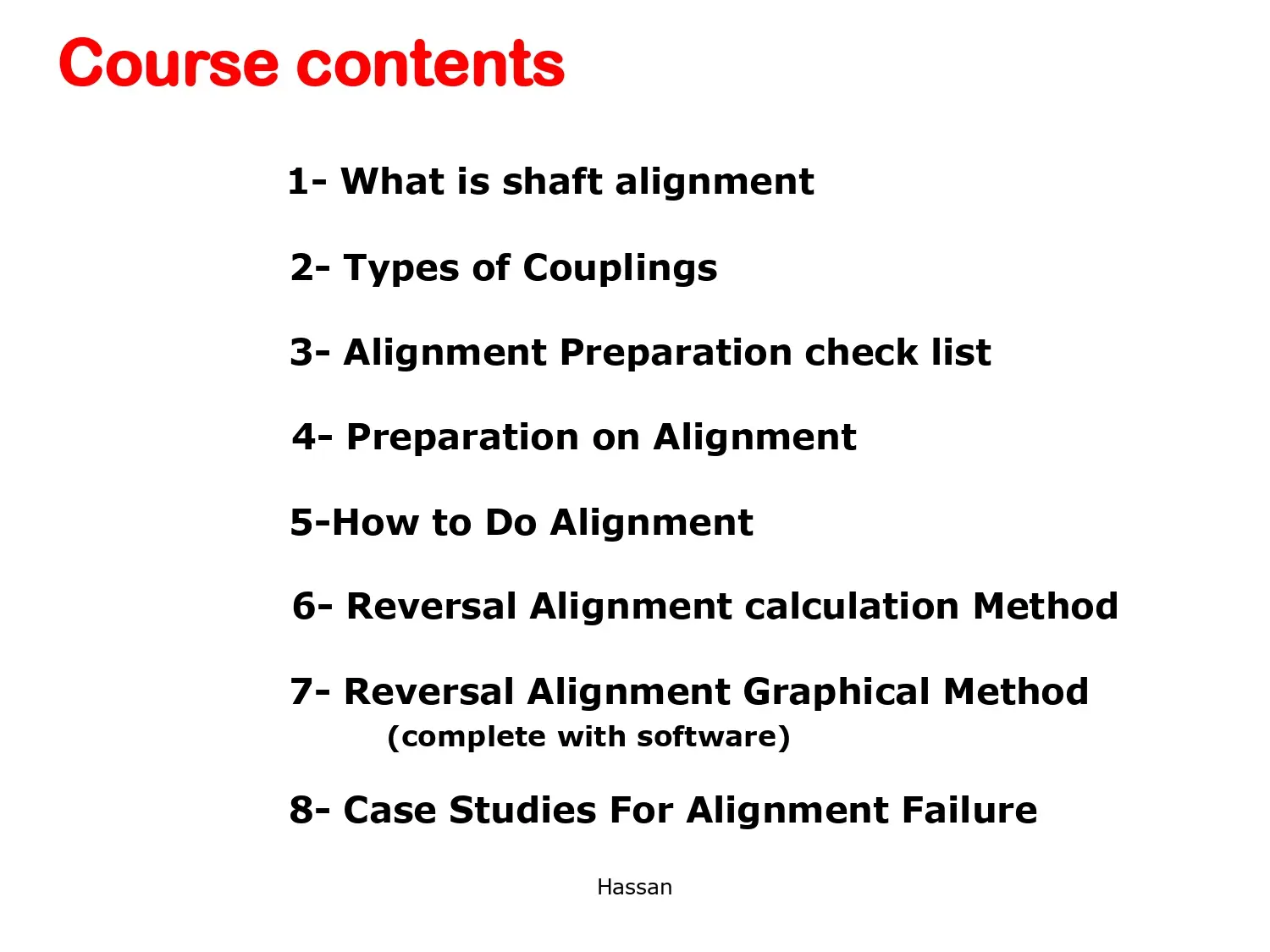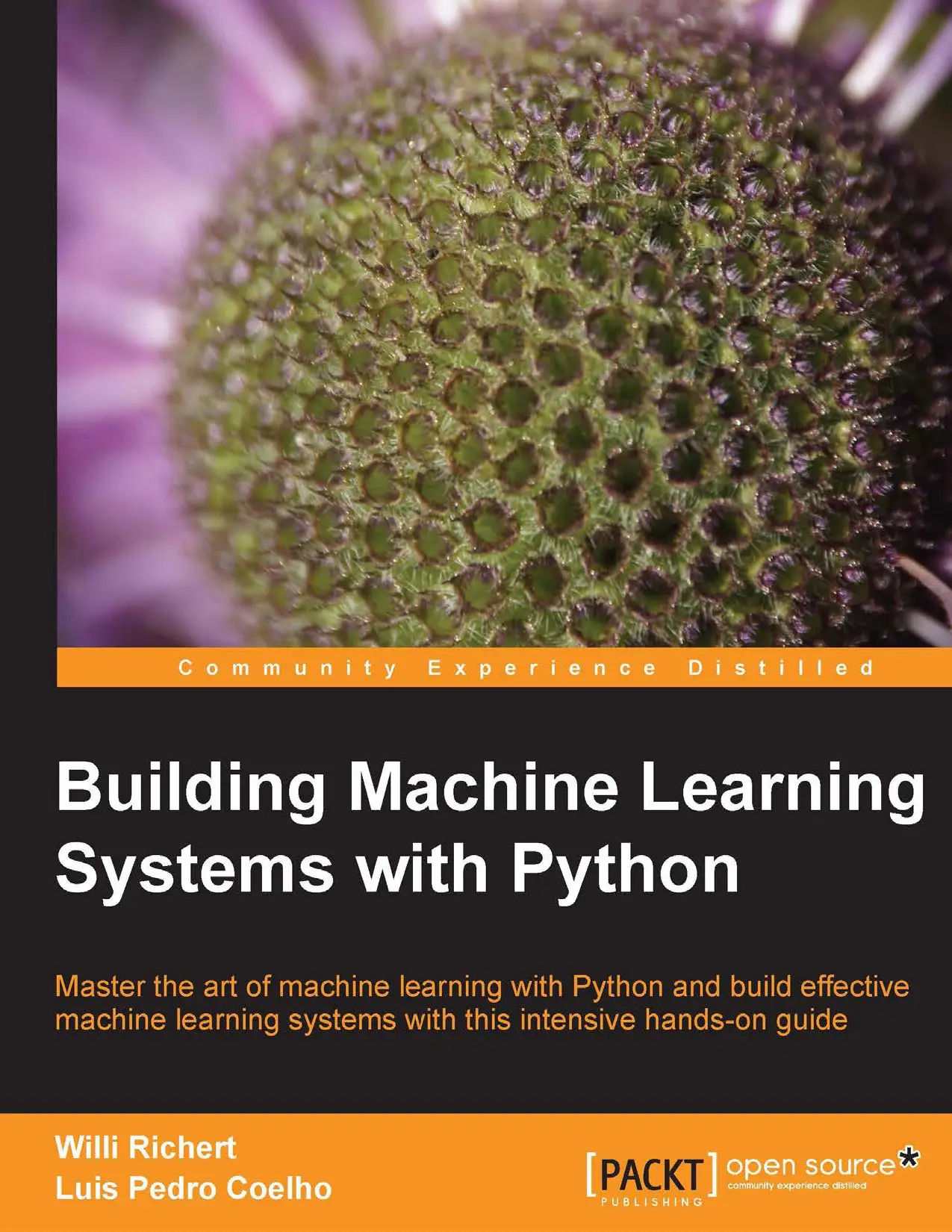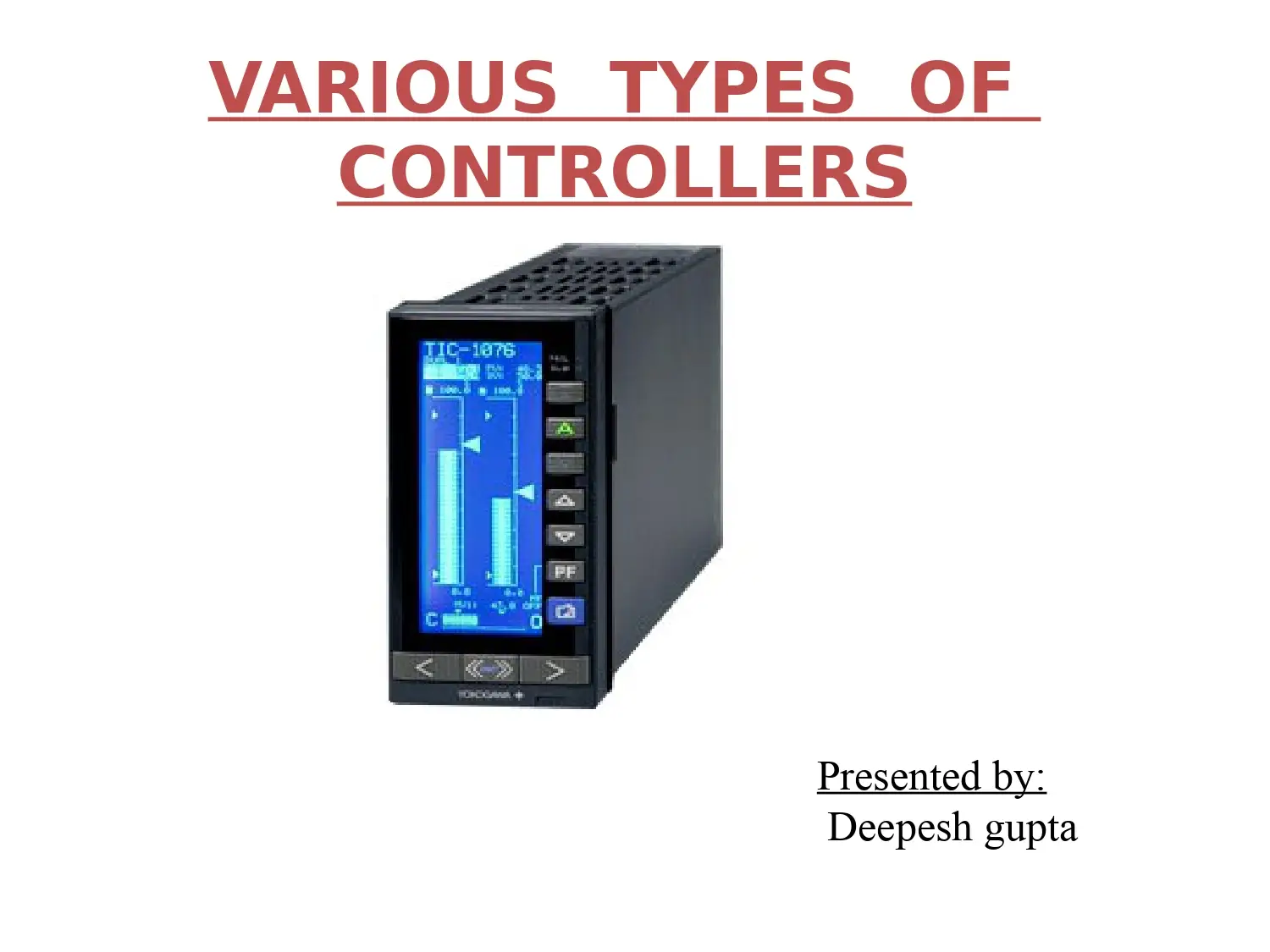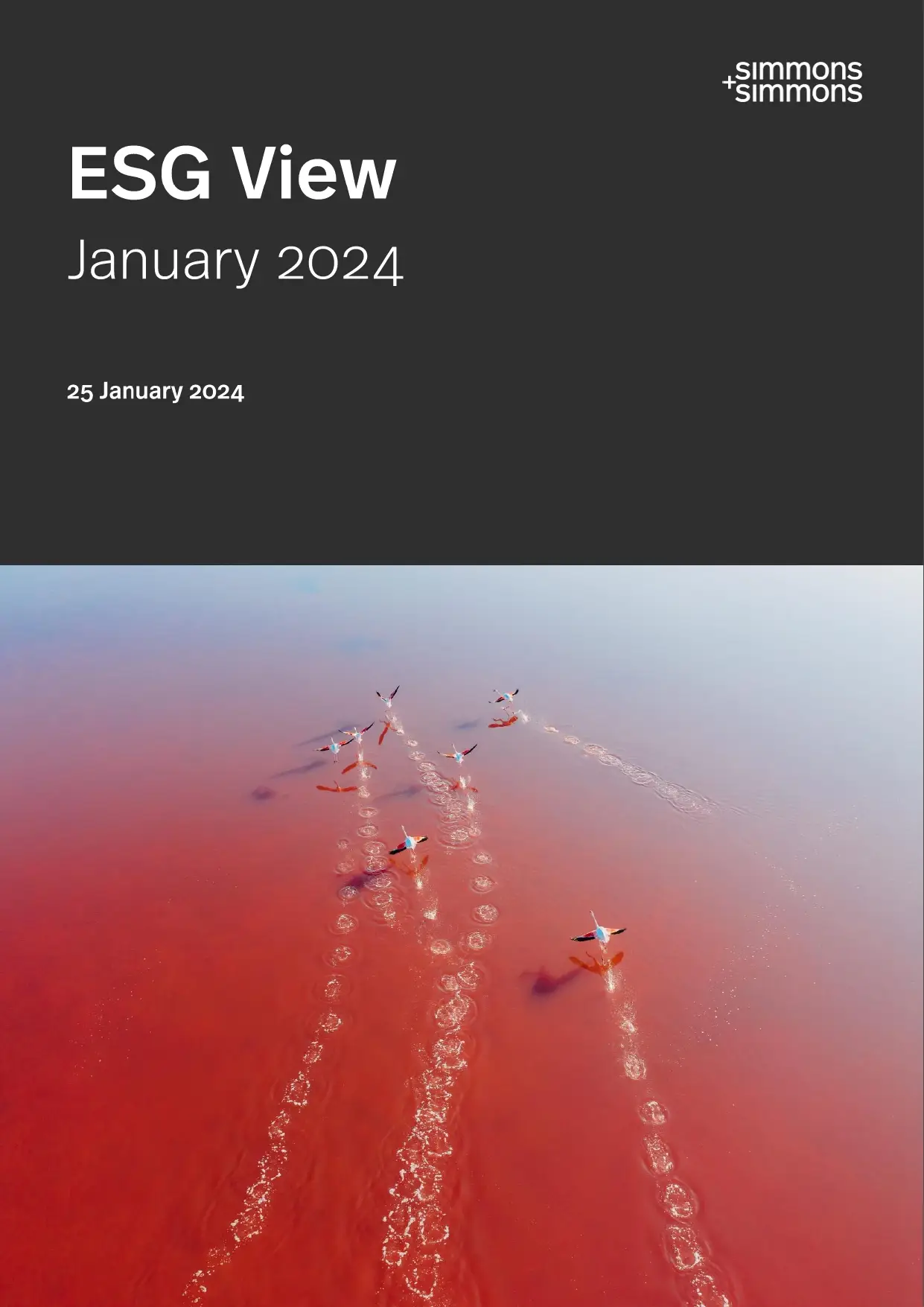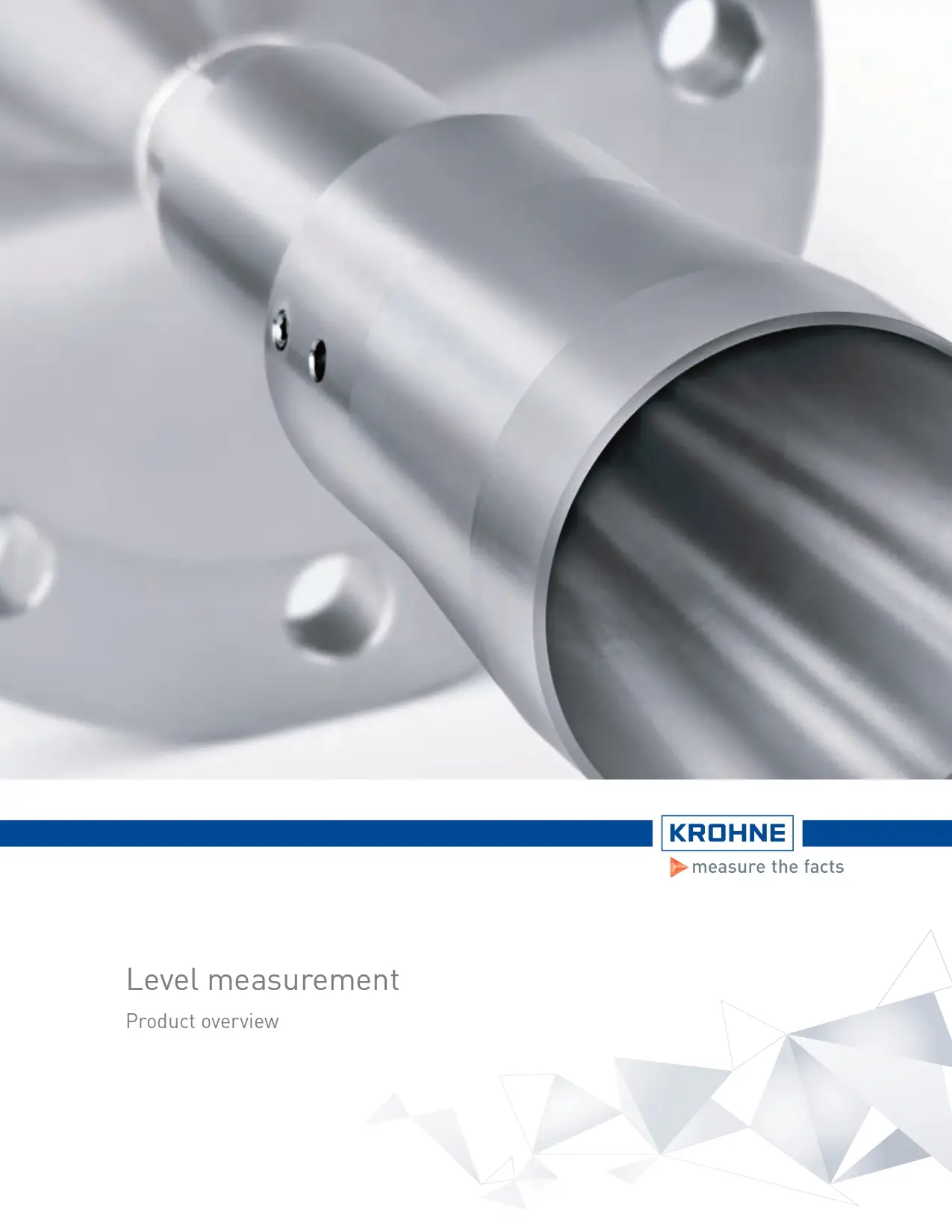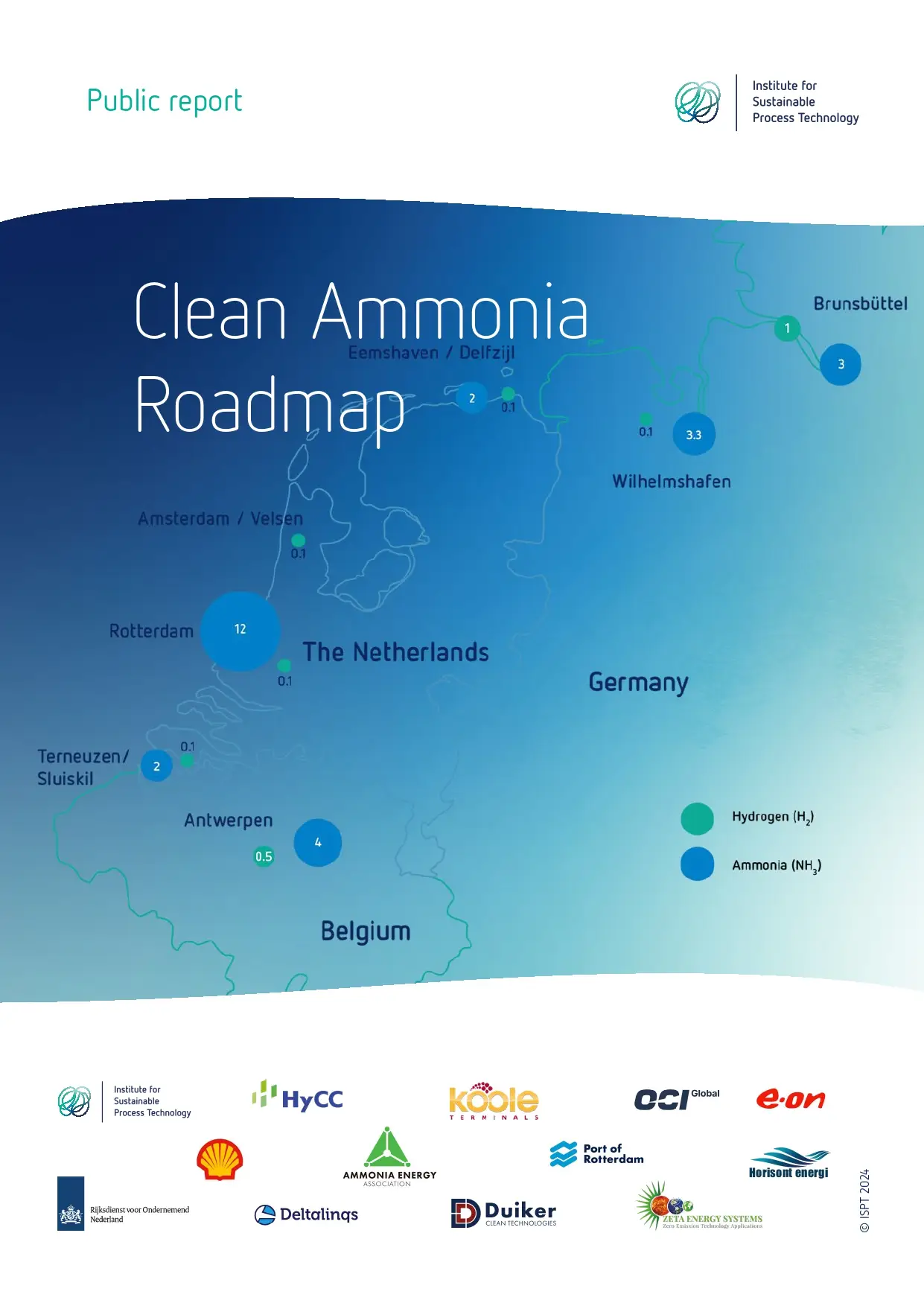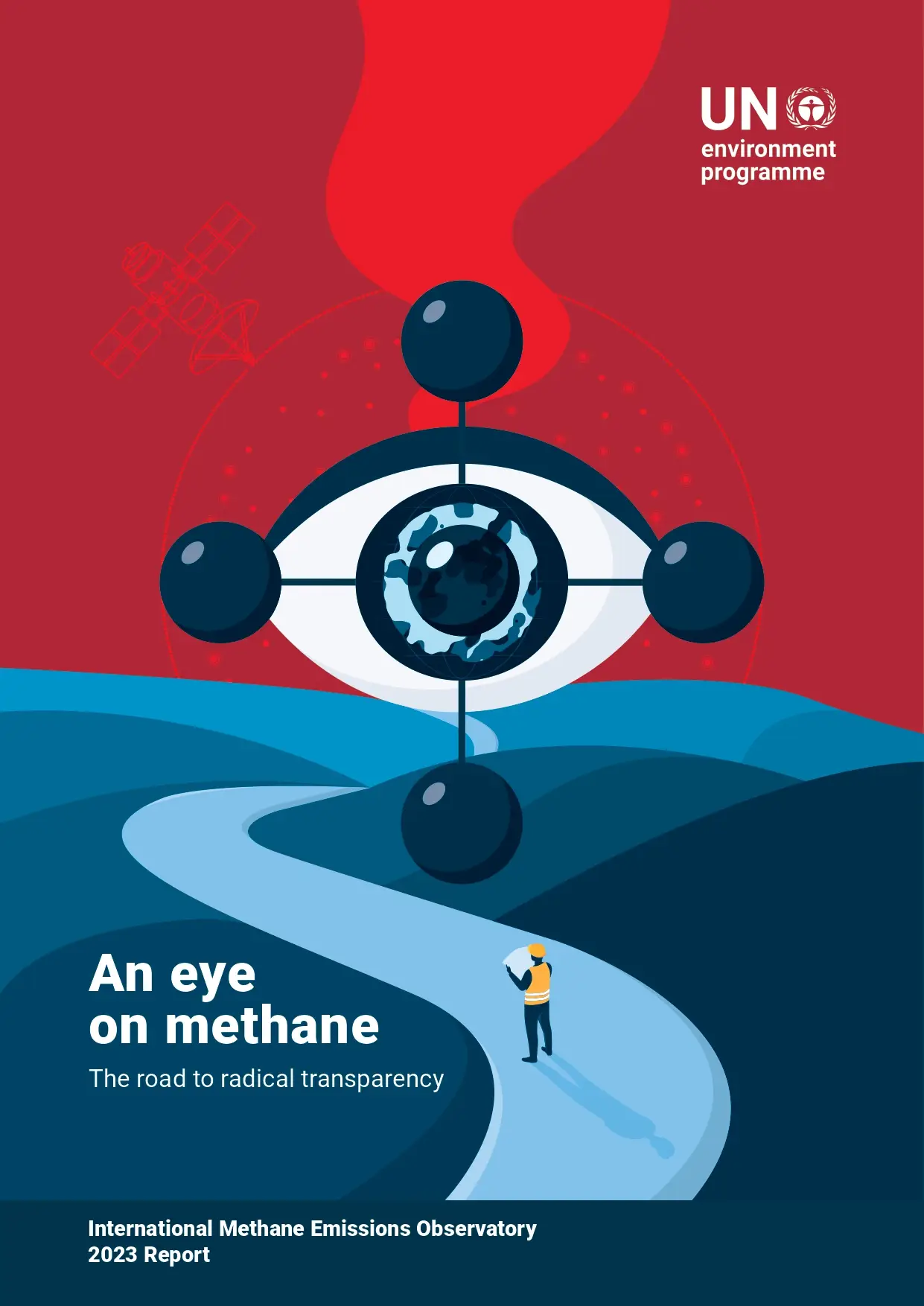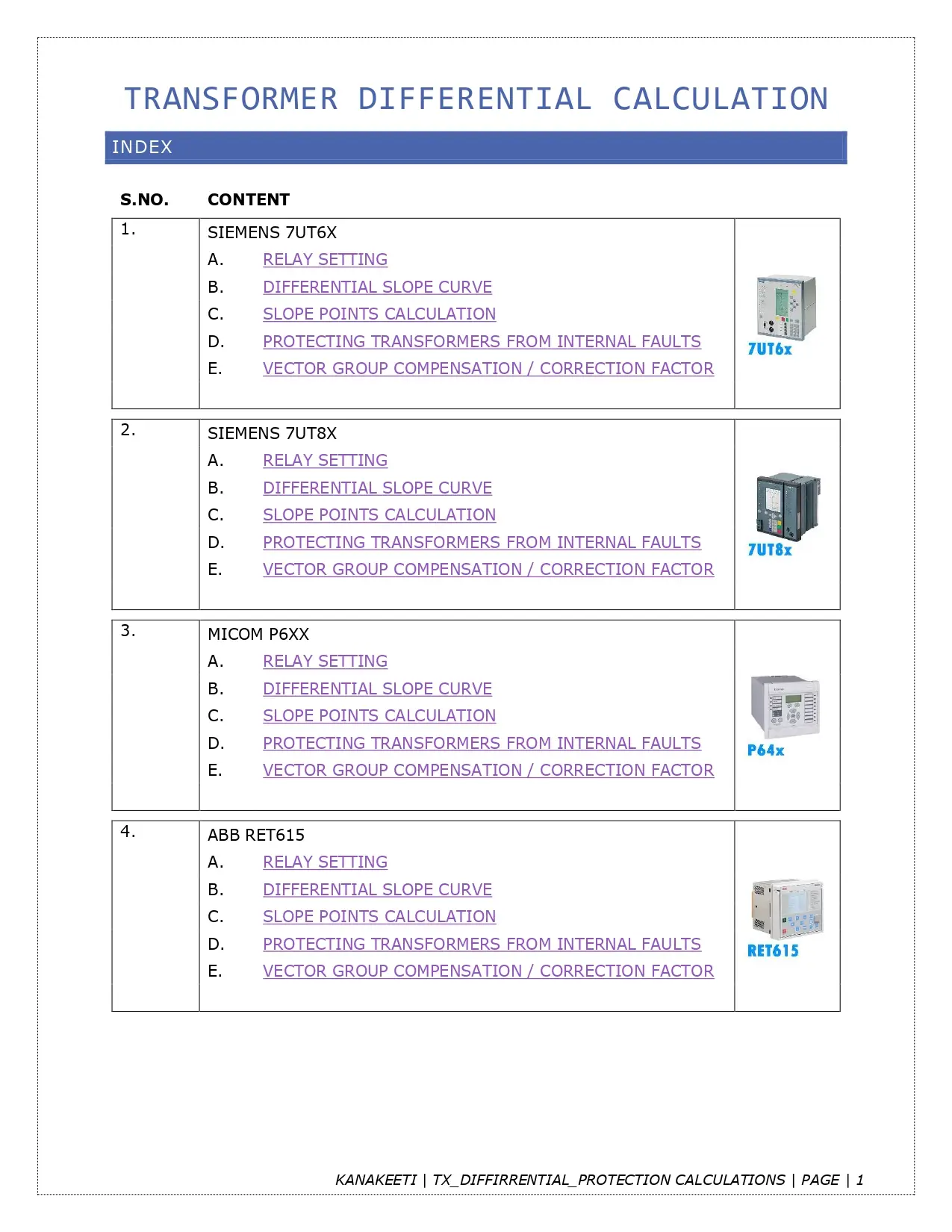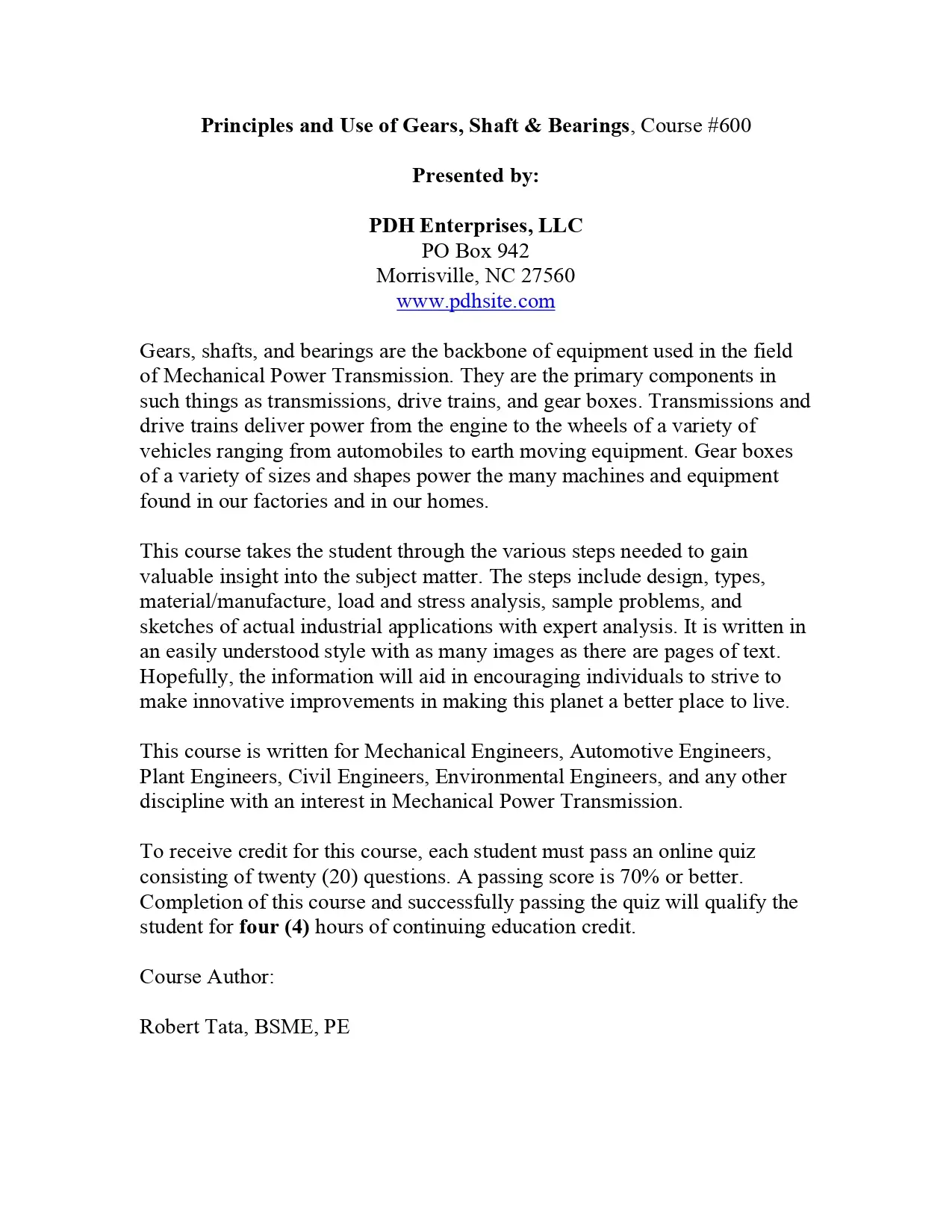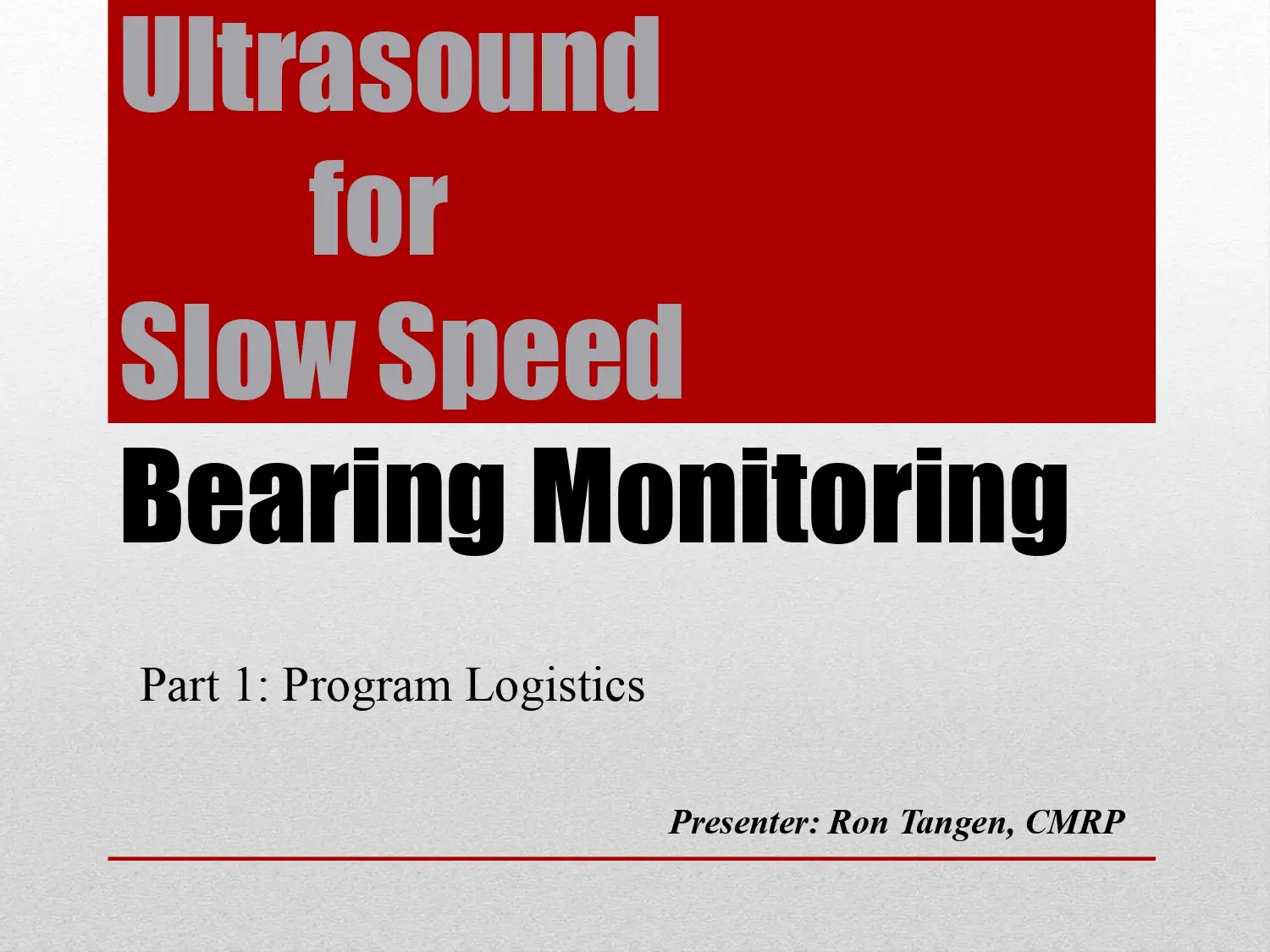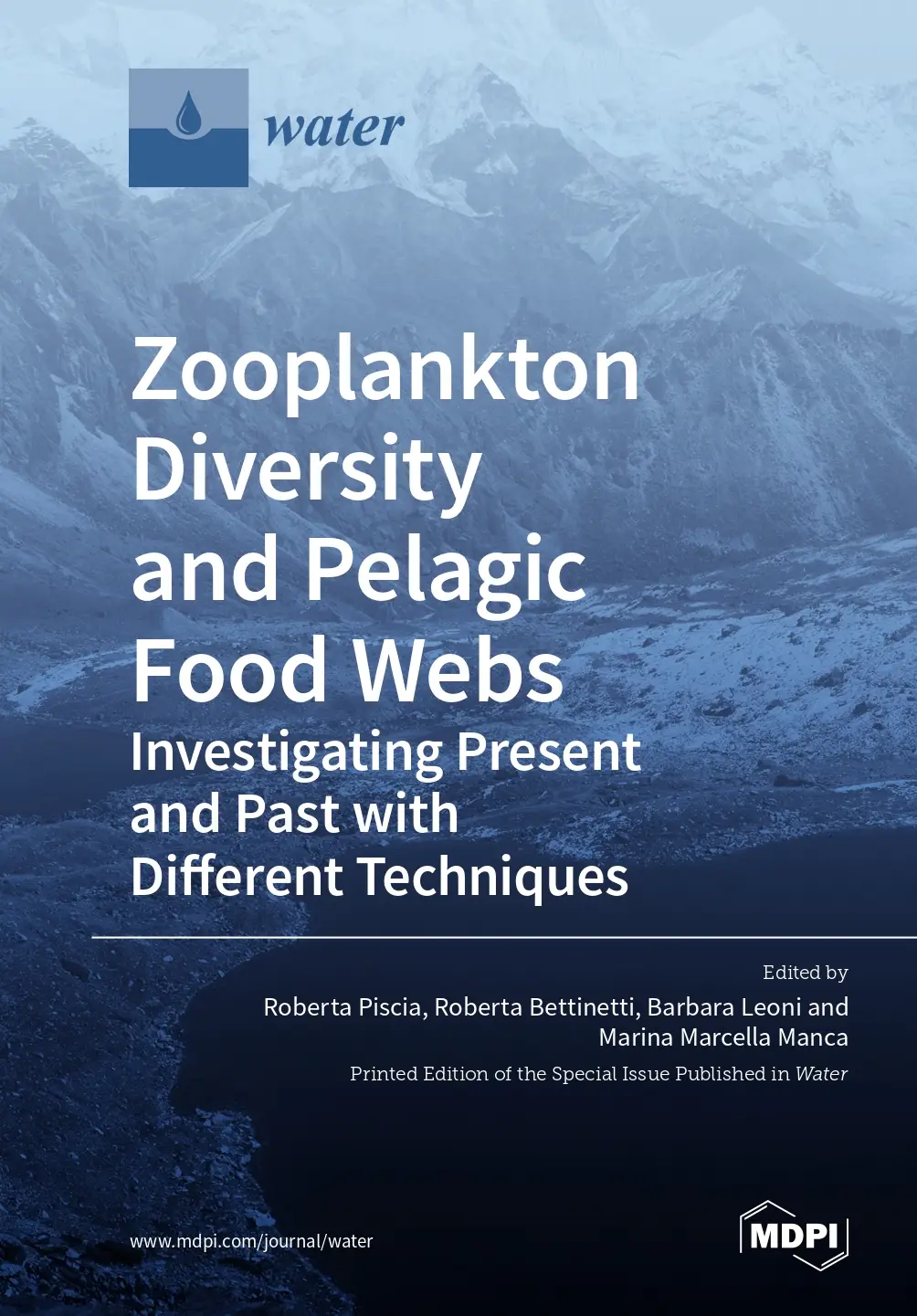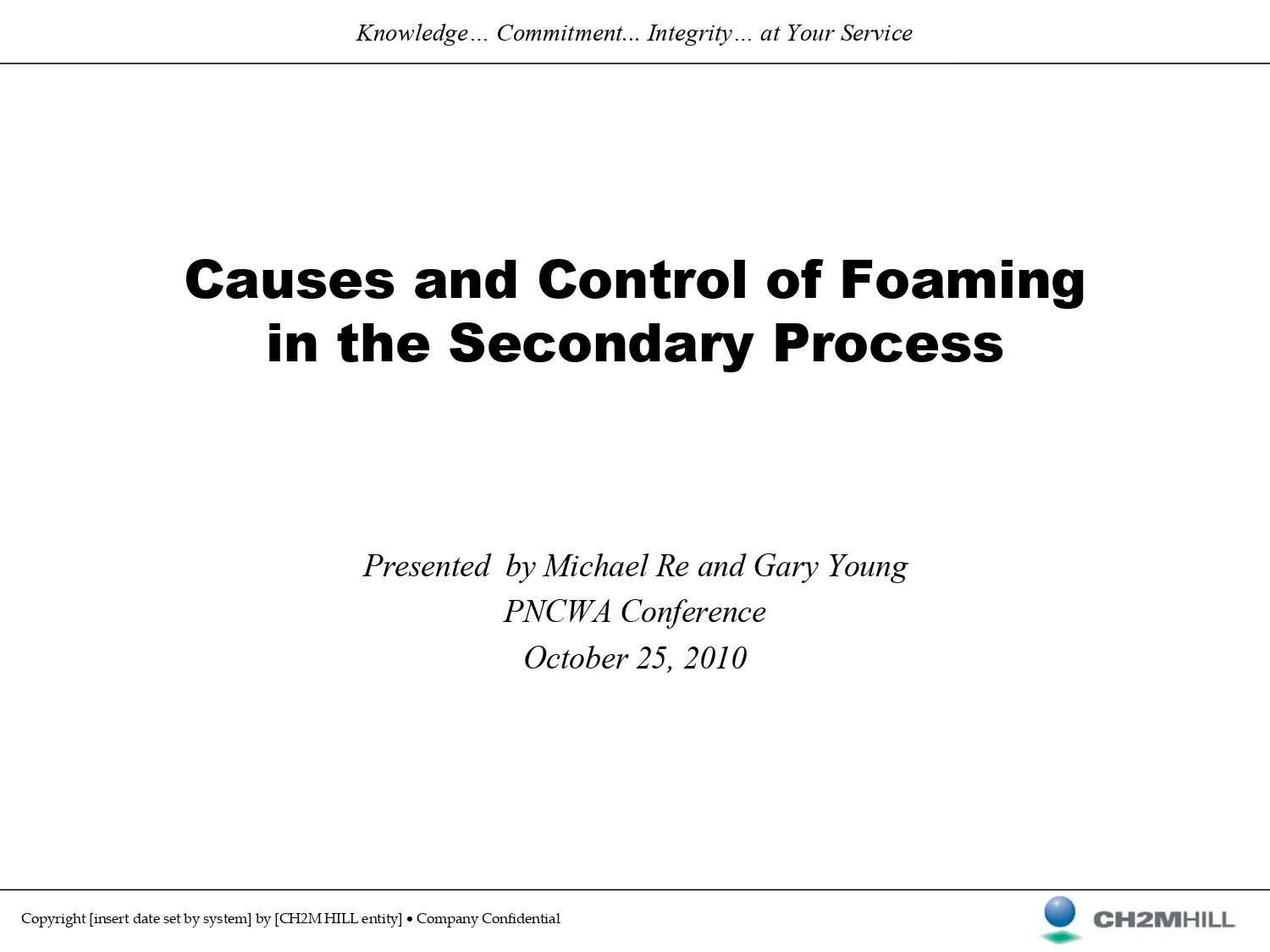HMI/SCADA Design Fundamentals: Building For Situational Awareness
Organizations are always looking to improve their systems. One area where improvements can have significant impacts is quite literally staring users in the face: the human-machine interface (HMI) used to control and operate these systems. By adding a diverse array of software tools used to control and operate industrial systems, operations teams can significantly improve both the business value and the safety of industrial systems with minimal cost investments.
HMI/SCADA Design Fundamentals: Building For Situational Awareness
Organizations are always looking to improve their systems. One area where improvements can have significant impacts is quite literally staring users in the face: the human-machine interface (HMI) used to control and operate these systems. By adding a diverse array of software tools used to control and operate industrial systems, operations teams can significantly improve both the business value and the safety of industrial systems with minimal cost investments.
Green Streets Handbook
In large U.S. cities, 25 percent to more than 60 percent of the land area is covered by impervious roadways, alleys, driveways, sidewalks and surface parking lots. Stormwater runoff from these areas can produce significant runoff volumes and carry pollutant loads that negatively impact the water quality of surface waterbodies and reduce groundwater recharge because of the loss of soil infiltrative capacity. This handbook is intended to provide the reader with a systematic process to begin reducing the impervious surface footprint of the public right-of-ways and associated off-street surface parking areas.
Green Streets Handbook
In large U.S. cities, 25 percent to more than 60 percent of the land area is covered by impervious roadways, alleys, driveways, sidewalks and surface parking lots. Stormwater runoff from these areas can produce significant runoff volumes and carry pollutant loads that negatively impact the water quality of surface waterbodies and reduce groundwater recharge because of the loss of soil infiltrative capacity. This handbook is intended to provide the reader with a systematic process to begin reducing the impervious surface footprint of the public right-of-ways and associated off-street surface parking areas.
Zooplankton Diversity and Pelagic Food Webs Investigating Present and Past with Different Techniques
Zooplankton is of key importance in the structure and functioning of aquatic food webs, providing a large part of the functional and structural biodiversity of predator and prey plankton communities. Promptly responding to long-term and seasonal changes in the physical and chemical environment, zooplankton organisms are sensitive indicators of patterns and mechanisms of impact drivers, both natural and human induced. In this volume, we aim to present evidence for both long-term and seasonal changes in zooplankton community structure and dynamics, investigating different approaches from population dynamics to advanced molecular techniques and reconstructing past communities from subfossil remains in lake sediments.
Zooplankton Diversity and Pelagic Food Webs Investigating Present and Past with Different Techniques
Zooplankton is of key importance in the structure and functioning of aquatic food webs, providing a large part of the functional and structural biodiversity of predator and prey plankton communities. Promptly responding to long-term and seasonal changes in the physical and chemical environment, zooplankton organisms are sensitive indicators of patterns and mechanisms of impact drivers, both natural and human induced. In this volume, we aim to present evidence for both long-term and seasonal changes in zooplankton community structure and dynamics, investigating different approaches from population dynamics to advanced molecular techniques and reconstructing past communities from subfossil remains in lake sediments.


